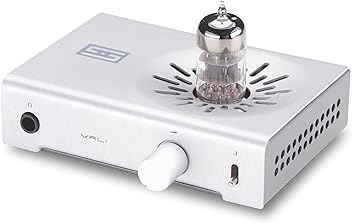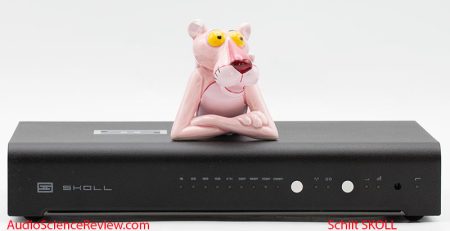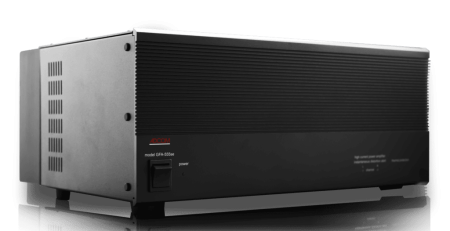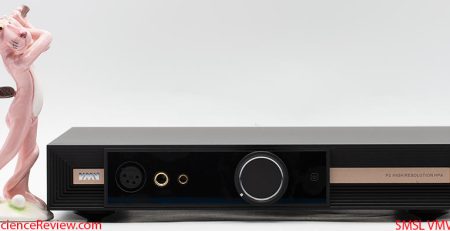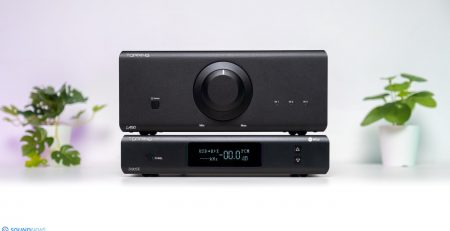Topping D50 III Balanced DAC with EQ ASR Review
This is a review and detailed measurements of the Topping D50 III balanced stereo DAC with support for parametric equalization.
Overall, I was very impressed with fit and finish of the Topping Tune seeing how this is their first attempt at software development. On great addition there would be to be able to update the firmware in the DAC.




